The image are made of stone, bronze or brass, wood and terracotta and largely come from the numerous Brahmanical temples, Buddhist shrines and monasteries which dot the valley. Particular interesting are the figures on the wooden status, which reveal an amazing variety of Lokesvara types and figures of different deties including the nakshatras (constellation ) on the Budhhist shrines and monasteries and deities of the Hindu pantheon with a predominance of the figures of Bhairavas and Chandis on the Brahmanical temples.
Among the rare iconographic types may be mentioned Siva as Ekapada-Trimurti, Chandra (the moon-god) riding a chariot of geese, Mahisha-sambara and Vishnu in the ardha-nari (androgynous) from. Four-armed and eight-armed image of the last deity are found in large numbers throughout the valley together with the more familiar type of the Vishnu icon.
From the eleventh century onwards, hundreds of Buddhist deities were conceived and fashioned under the influence to Tantrayana and Vajrayana sects which gained special popularity in Nepal. Many of these reveal a marked impact of Tantric Saivism which flourished in the Valley simultaneously. The interfusion between Buddhism and Brahmanism led to complex iconographical forms revealing Buddhist deties with Brahmanical features and Brahmanical deties with Buddhist traits, the latter exemplified by a number of Saiva and Vaishnava deities holding among other weapons vajra and vajra-ghanta, which are usually associated with the Vajrayana deities. The iconographical synthesis between Buddhism and Brahmanism is graphically illustrated by some Tantric figures of Mahakala in the Sundari Chowk, Patan, depicting on their pedestal a frieze showing a combined pattern of the Stupa alternating with the Siva-linga.
In the following pages an attempt has been made to classify the rich iconographical wealth of the Nepal valley and present a summary of the results of the iconographical survey which was undertaken as a project of the Indian Cooperation Mission in Nepal with the active help and cooperation of the Department of Archaeology and Culture of His Majesty’s Government, Nepal.

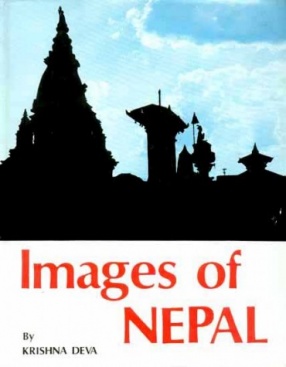
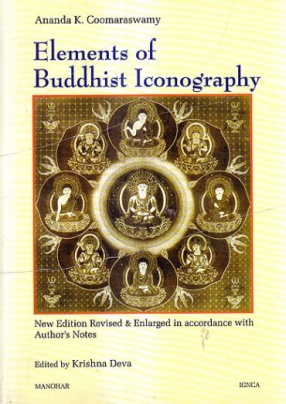
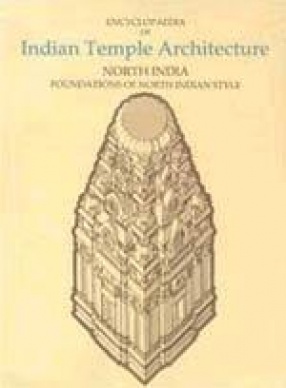

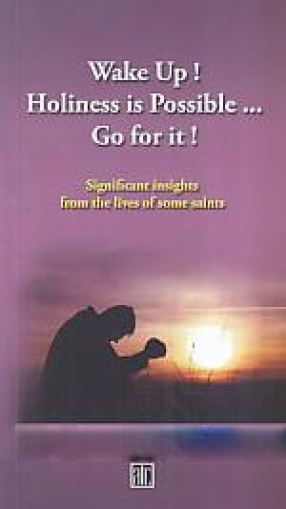
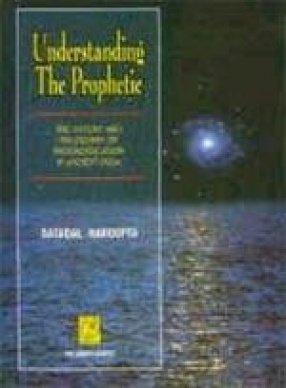
There are no reviews yet.